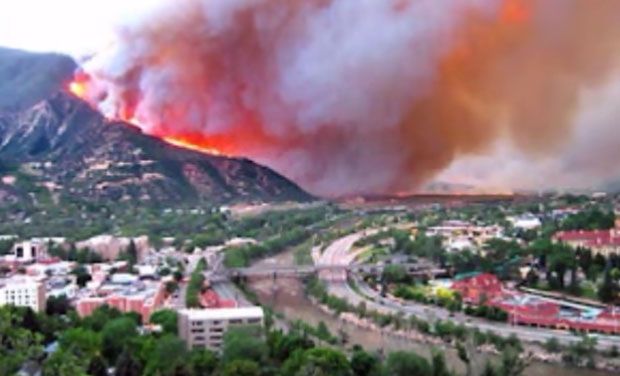Washington: The coal seam beneath the exterior of Australia’s Burning Mountain, also known as Mount Wingen (“fire” in an aboriginal language), has been burning for an estimated 5,500 years, making it the longest continuous fire on the planet.
Ancient people actually used heat from rocky vents in the mountain to cook food and make tools, but when an Australian settler found the mountain in 1828, he assumed that he’d discovered a volcano, the Discovery reported.
Today, the smoking mountain and its weird landscape have become a tourist attraction, but as Atlas Obscura notes, there’s a downside as it has also caused massive ecological damage to the area’s vegetation and the path of the fire has left a barren and rocky trail, with no traces of life.
There actually are many of these underground fires across the planet, which are a type of low-temperature, flameless combustion called a smoldering fire and they can be ignited by natural events such as lightning, though humans can set them accidentally or intentionally, by burning down forests.
Multiple fires, for example, recently have occurred at a coal mine about 700 miles from Burning Mountain, including on in early 2014 that burned for 45 days.
The fire also is a source of greenhouse gas emissions, contributing billions of tons of carbon dioxide to the atmosphere each year, according to this 2012 blog post by New York Times environmental reporter Andrew Revkin.



